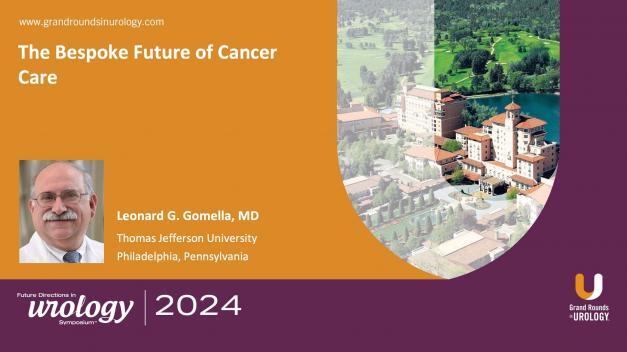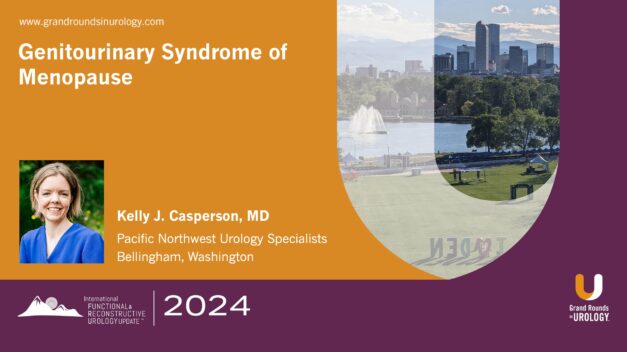The Bespoke Future of Cancer Care
Leonard G. Gomella, MD, explores the concept of “bespoke” cancer care, emphasizing its personalized, patient-centered approach. Originally a British term referring to custom-made items, “bespoke” now highlights the customization of cancer treatments through precision medicine, pharmacogenomics, AI technologies, and individualized care plans.
In this 10-minute presentation, Dr. Gomella stresses that innovations in cancer care reflect the growing trend of leveraging AI to enhance screening efficiency and reduce reliance on traditional biopsy methods. He discusses how precision medicine increasingly enables oncologists to tailor treatment plans by analyzing genetic mutations and matching patients to the most promising therapies or clinical trials. The need to balance technological advancements with affordability and patient access is a central concern.
Bespoke care offers better outcomes and underscores the importance of informed decision-making, empowering patients to actively participate in their treatment journey.
Read More




